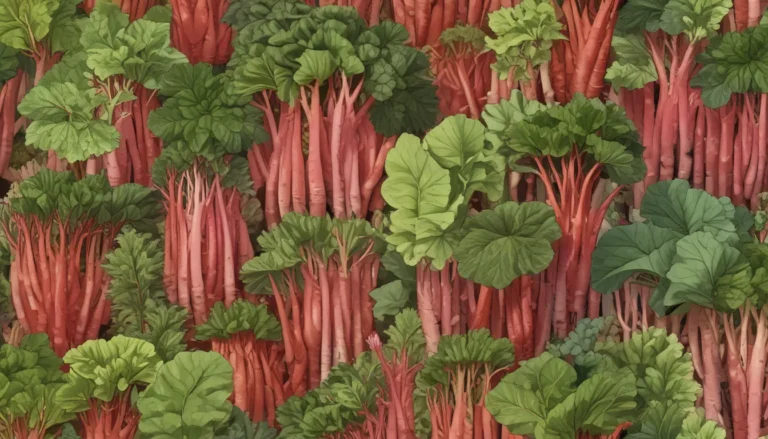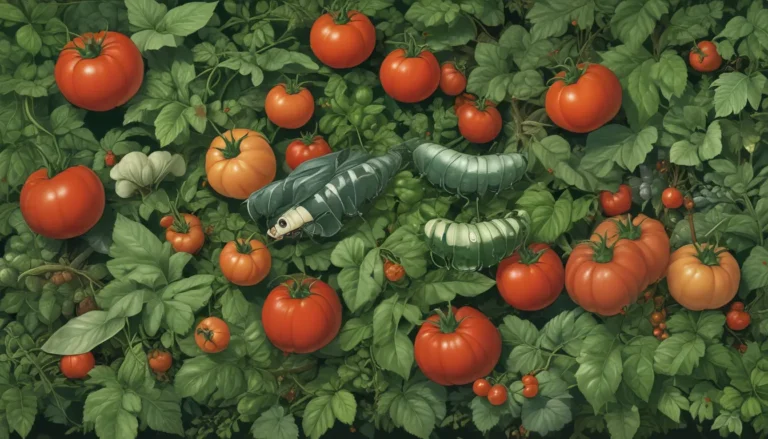A Deep Dive into Pumpkin Fertilization: A Step-by-Step Guide

As a gardener, I like to think of myself as someone who can handle most challenges. But when it comes to numbers and measurements, I’m a little hesitant. The same goes for deciphering the instructions on a bag of fertilizer for my plants.
Let me share a story with you. A few years ago, when I moved into my home in Alaska, I planted three apple trees. They blossomed beautifully and bore fruit, even after a moose attack that required heavy pruning. However, this year, only two trees bloomed, while the third one grew vigorously without producing any flowers or fruit. The culprit? My careless approach to fertilizing.
I applied a mix of low-nitrogen, high-phosphorus fertilizer to the apple trees without measuring the quantity. To make matters worse, I also used a high-nitrogen grass fertilizer on the lawn near the trees. As a result, the excess nitrogen led to excessive leafy growth but no signs of flowers or fruit. Lesson learned: Fertilization matters, and it must be done right.
Now, let’s shift our focus to pumpkins. Unlike apple trees, pumpkins (Cucurbita pepo) have a single growing season, so getting the fertilization right is critical for a successful harvest.
What You’ll Discover
In this comprehensive guide, we’ll cover:
- Understanding Fertilizers
- Conducting a Soil Test
- The Three Phases of Pumpkin Fertilization
- Pre-Flowering
- Flowering
- Fruiting
Are you ready to dive into the world of pumpkin fertilization? Let’s get started!
Understanding Fertilizers
When it comes to fertilizers, nitrogen, phosphorus, and potassium are the three primary macronutrients that plants need to thrive. The numbers on a fertilizer package may seem daunting, but understanding them is essential.
Let’s break it down. A typical balanced fertilizer like 10-10-10 (NPK) contains 10 percent of each element. The numbers represent the percentage of nitrogen, phosphorus, and potassium in the fertilizer, respectively. For example, a 9-12-12 fertilizer has 9 percent nitrogen, 12 percent phosphorus, and 12 percent potassium.
Conducting a Soil Test
Before planting your pumpkins, consider doing a soil test to determine the levels of nitrogen, phosphorus, and potassium in the soil, as well as its pH. This will help you understand the nutrient balance and pH of your soil.
If you’re unsure where to start, you can opt for an at-home soil test kit like the Luster Leaf Rapitest NPK and pH Soil Test. Alternatively, your local agricultural extension office can also help with soil testing.
Maintaining the right pH level (between 5.5 and 7.5) is crucial for pumpkins. Make necessary adjustments using compost, lime, peat moss, or granular sulfur based on the test results.
The Three Phases of Pumpkin Fertilization
Pumpkins have different nutrient requirements during each growth phase. Let’s explore how to fertilize your pumpkins effectively throughout the season.
1. Pre-Flowering
Before your vines start flowering, focus on providing sufficient nitrogen to promote healthy growth. Use blood meal (12-0-0) if your soil is nitrogen-deficient. Alternatively, a balanced 10-10-10 NPK fertilizer can address multiple nutrient deficiencies.
Avoid over-fertilization, which can lead to excessive leafy growth and fewer flower buds. Stop applying nitrogen as flowering approaches (around 55 days after germination) and feed your pumpkins every two to three weeks.
2. Flowering
As your plants begin to bloom, switch to phosphorus-rich fertilizers like bone meal (3-12-0). Phosphorus is essential for flower and fruit development. Apply bone meal around the base of the plant every one to two weeks to support healthy blooms.
Keep an eye out for yellowing leaves, a sign of phosphorus over-fertilization. Adjust your fertilization regimen accordingly to ensure optimal growth.
3. Fruiting
During the fruiting phase, potassium becomes essential for energy production and fruit development. Consider using a 5-10-10 NPK fertilizer or incorporating seaweed powder, rich in potassium (0-0-17), to support fruit growth.
Regular feeding with potassium-rich fertilizers will help your pumpkins develop into robust, flavorful fruits. However, beware of over-fertilization, which can lead to fruit splitting and other growth issues.
Conclusion: A Well-Nourished Pumpkin Patch
By following these step-by-step guidelines for pumpkin fertilization, you’ll set your plants up for success. Whether you’re aiming for a bountiful harvest for Halloween or Thanksgiving, proper fertilization is key to healthy plant growth and fruit production.
Do you have any fertilization mishaps or questions about growing pumpkins? Share your stories and queries in the comments below. Let’s continue to learn and grow together!
For more tips on cultivating pumpkins in your garden, explore these helpful resources:
- How to Train Pumpkins to Grow on a Trellis
- The Best Companion Plants to Grow with Pumpkins
- 5 Reasons Why Your Pumpkin Isn’t Producing Fruit
- When and How to Trim Pumpkin Vines
Let’s keep those pumpkins thriving and ensure a season full of joy and abundance in your garden!
Photos by Laura Melchor





